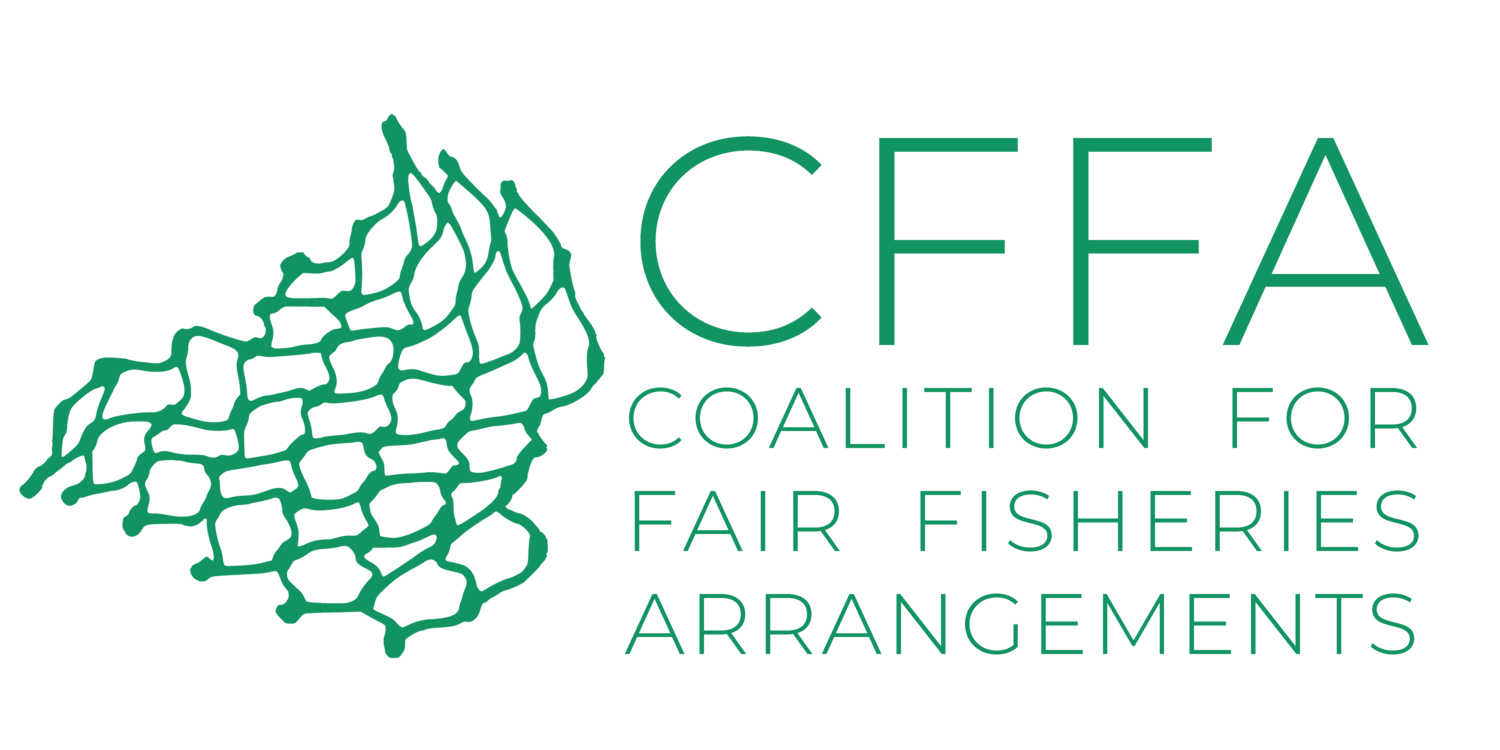In 2012, the Voluntary Guidelines on the Responsible Governance of Tenure for Land, Fisheries and Forests were finalised, after a momentous process of consultations involving hundreds of civil society organisations. Two years later these were joined by the Voluntary Guidelines on Securing Sustainable Small-Scale Fisheries, also achieved through enormous collaboration. Many organisations, including those working to further the rights and livelihoods of small-scale fisheries see the Guidelines as a primary policy for addressing food security and poverty reduction, while protecting millions of people from industrialisation, privatisation and economic concentration in food production systems.
Simultaneously, the concept of ‘blue economy/blue growth’ was developed at first by the United Nations Environmental Program (UNEP). It was an attempt to make the green economy concept relevant for coastal and marine habitats and industries. Superficially blue growth seems compatible with the Guidelines; they share common ground in trying to conserve fish populations, address the climate crisis and pollution, and help achieve poverty reduction. Yet the contradictions between blue growth and the aspirations and principles of the Guidelines are becoming more and more obvious.
Here are six areas of concern which, when combined, demonstrate how the blue growth concept is likely incompatible with the Guidelines.
1. The marginal position of fisheries:
Small-scale fisheries were originally seen as strategic because of their importance in providing food security and livelihoods, as well as being a relatively low carbon emitting sector. But as international interest has been generated, small-scale fisheries have become less of a priority. The focus is now on business opportunities that provide short term economic potential gains, and small-scale fisheries have become less of a priority. Explaining what is useful about the blue growth concept for small-scale fisheries has become harder to do. Numerous high-level conferences on blue growth have therefore not included representation from small-scale fisheries organisations.
2. The misleading presentation of value in the blue economy:
The Guidelines highlight the dangers for small-scale fisheries and food security when public policy is fixated on economic growth. Yet blue growth advocates are promoting highly dubious estimates on the value of blue natural capital, suggesting the ocean economy has enormous potential for further growth and private sector investments. Blue growth has therefore become a barrier to recognising the unique value of small-scale fisheries and the public wealth of commons, while it stimulates a reckless narrative of coastal and marine ecosystems being largely untapped.
3. BLUE GROWTH HAS SIDE-LINED A HUMAN RIGHTS PERSPECTIVE:
Governance reforms for stimulating blue growth are based on the need to attract private investors. The overriding message of ‘partnerships’ with multinational corporations is central to the work of most leading organisations. This has been called ‘blue washing’; a term that originates from the UN’s decision to allow companies involved in the Global Compact to use its blue logo. However, many countries adopting blue growth do not have the institutions in place to avoid its most obvious threats to vulnerable and marginalised people.
4. PROMOTING COMPETING INDUSTRIES TO SMALL-SCALE FISHERIES:
Blue growth is presented as a win-win-win scenario; good for the environment, for poorer people and for investors. This obscures the inevitable competition for resources and tenure rights among ocean and coastal based businesses. Several developing countries are using the blue growth concept to justify investments in businesses that will have a damaging impact on coastal fisheries. This includes oil and gas, seabed mining, tourism and aquaculture. Small-scale fisheries struggle to resist these developments due to their weak bargaining position, state-corporate corruption, and the absence of independent social and environmental impact assessments.
5. BLUE GROWTH IS A FAILED RESPONSE TO CLIMATE CRISIS:
Advocates claim that a most important aspect of blue growth is about ‘decoupling’ economic growth from resource depletion and greenhouse emissions. Considering the most polluting ocean industries; oil and gas, shipping and tourism, there is no evidence that further growth in these sectors can be achieved while dramatically reducing their contribution to the climate crisis and biodiversity loss. Blue growth allows for business as usual and removes the urgency for reforms.
6. THE PROMISE OF “INCLUSIVE GROWTH”
Advocates say that blue growth is designed to ensure ‘inclusive development’. However, there is a lack of critical reflection on what it means and how it could be achieved. Most studies on inclusive growth recognise that these are not reliable pathways for improving the lives of many poor people or those reliant on small-scale and subsistence farming and fishing. Blue growth is focussed on highly capital-intensive projects, which offer limited benefits for most coastal communities in developing countries. Organisations promoting this financialization of coastal and marine development typically have vested themselves as brokers and service providers. This elevates their influence of domestic policymaking but can be at odds to the interests of small-scale fisheries.
Note: This fact-sheet is based on a long report by Andre Standing CFFA published in late 2019.
















At the occasion of the 20th session of the FAO subcommittee on trade, more than 19 CSOs and small-scale fisheries organisations, the signatories ask that FAO and its members adopt “blue food systems” that align with the ecosystem-based approach, the principles of social equity and animal welfare, and that they stop supporting the mass production of seafood through industrial feedlot aquaculture without consideration for the environment or local communities.